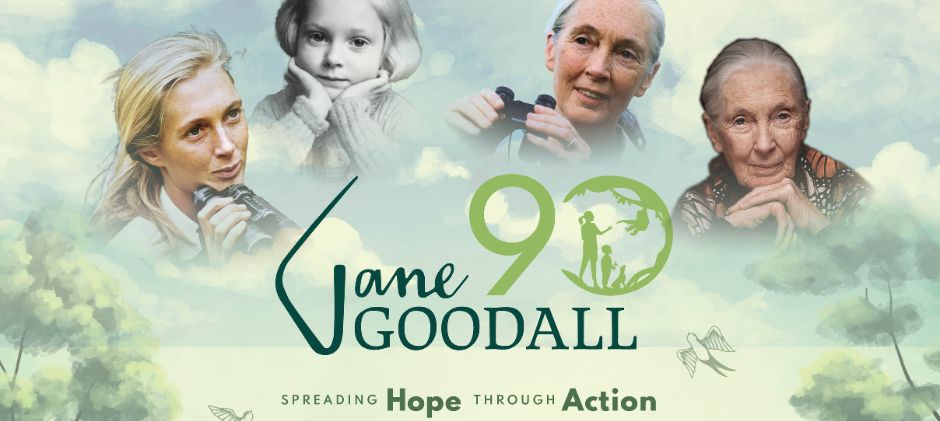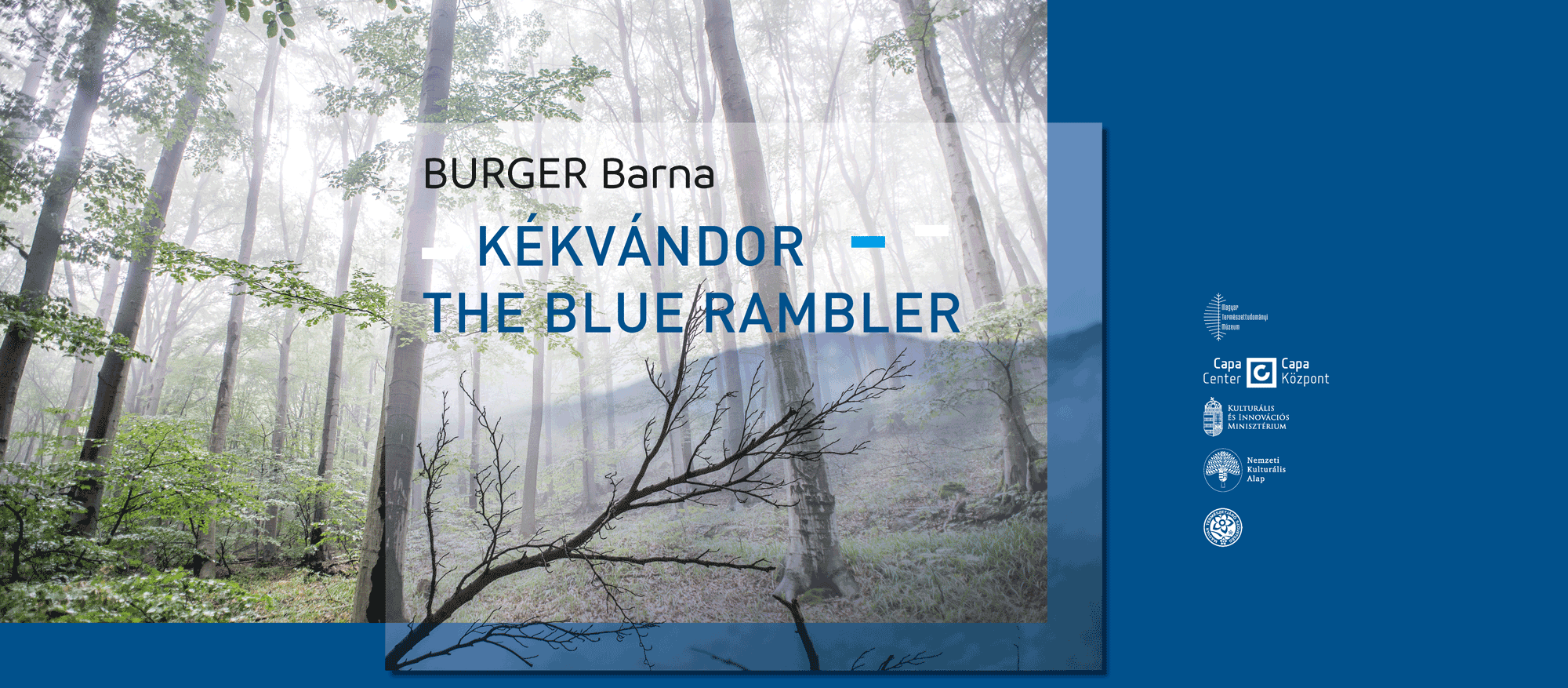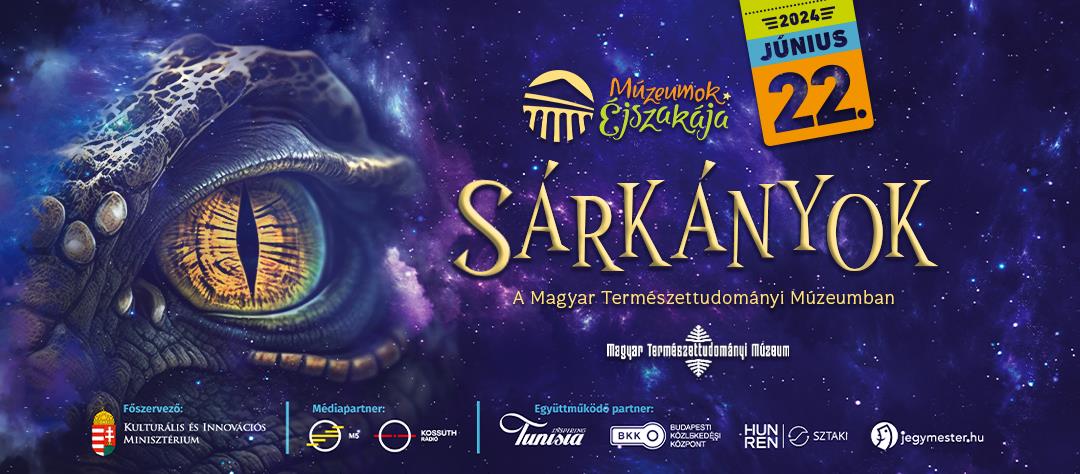Senior curators:
Kálmán Kertész (1896–1922)
Zoltán Sziládi (1922–1942)
Árpád Soós (1942–1950)
Ferenc Mihályi (1950–1976)
László Papp (1977–1982; 1986–2010)
Ágnes Dely-Draskovits (1982–1985)
Gábor Lengyel (2011–2012)
Eszter Lazányi (2012–)
Zoltán Soltész (2013–2020)
Petra Szöllősi-Tóth (2021-)
The beginning
According to the first records, the Hungarian National Museum (predecessor in title of the Hungarian Natural History Museum) received three fly individuals as a gift in 1851. Some years later, in 1856, there had already been type individuals in the museum but there was no concept of improving the collection. In 1896, KálmánKertész took over the collection with 7 insect boxes which were in different conditions.Due to his scrupulous and devoted work,there were almost 250,000 preserved specimens and thousands of types in 1921. When Kertész died, ZoltánSzilády and later Árpád Soós was in charge as the custodian of the collection.
1956
During World War II, the collection and the whole material of the Zoological Department was stored in the basement of the Museum. In 1944,the flies were taken by Zoltán Szilády to his home in Pomáz as a safe place during the seige of Budapest. The fly material did not suffer much damage while the whole library was lost. During the revolution of 1956,the Zoological Department was attacked by a soviet tank.The fire it caused destroyed almost the whole Diptera collection (75% of almost 300,000 preserved specimens). Only the part of the Acalyptrates survived as they had been stored in the Hemiptera Collection where Árpád Soós was working on it.Worst of all, the incredibly precious collection of János Thalhammer, which had been given to the collection just a year before, was also completely lost in the fire with the library that preserved 5,000 books
New beginning
After the destruction to establish a new collection which represents the whole country, Ferenc Mihályi made collecting trips throughout Hungary. Foreign institutions (e.g. the Zoological Museum of Berlin, the German Entomological Institute, the Zoological Museum of St. Petersburg) donated materials, while species from Zoltán Kaszab’s expeditions of Mongolia also meant significant improvement. In 1971, the number of the preserved specimens reached 330,000.
In1975, László Papp joined the museum. Being the curator from 1975 to 2011(except for 1982–85), he totally renewed the management system. He introduced very severe protocol in order to save the preserved items from infestation of museum beetles using lavender oil and quarantine and also by filtering all new materials arrived to the collection (only those materials become part of the collection which were sorted by a scientist). He was also a leader of the most remarkable collecting trips, for example to e.g. South-Africa, Taiwan.
Collecting trips:
1958 – Montenegro, Ferenc Mihályi
1967 – Finland, Ferenc Mihályi
1963, 1969 – Slovakia, Ferenc Mihályi
1974 – Austria, László Papp, Zsuzsa Bajza
1974 – Afghanistan, László Papp
1982 – Bulgaria, Ágnes Dely-Draskovits
1989 – India, László Papp
1990, 2013 – Czech Republic, László Papp
1994 – England, László Papp
200? – USA, Mihály Földvári
2000 – Taiwan, László Papp
2003 – Taiwan, László Papp, Mihály Földvári
2004, – Thailand, László Papp, Mihály Földvári
2005 – Bulgaria, Mihály Földvári
2009 – Vietnam, László Papp
2010 – Vietnam, László Papp, Gábor Lengyel, Zoltán Soltész
2012 – Thailand, László Papp



